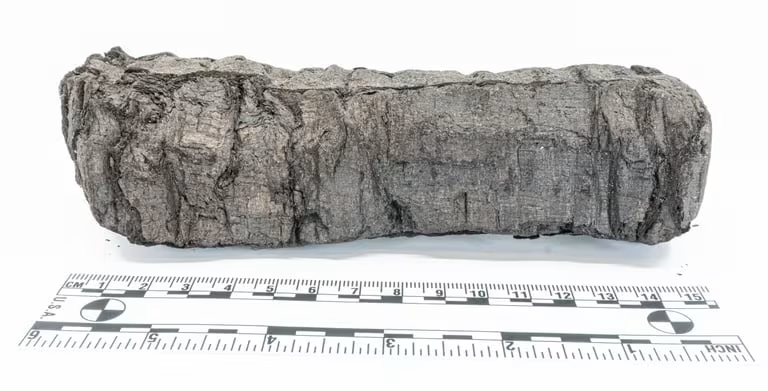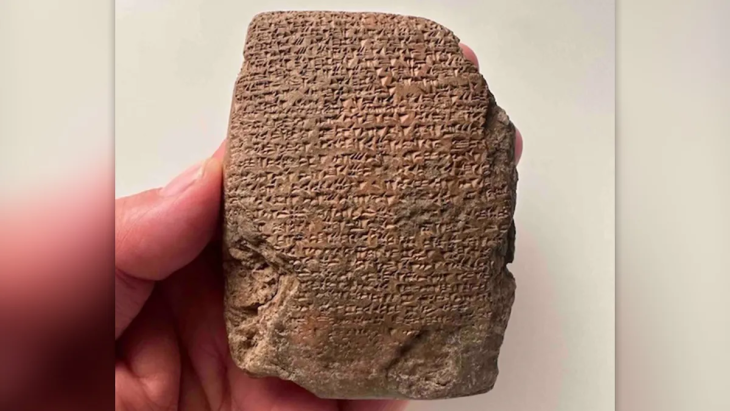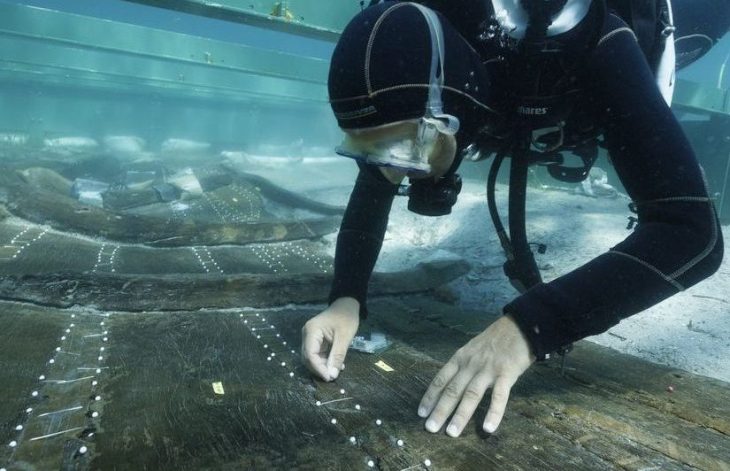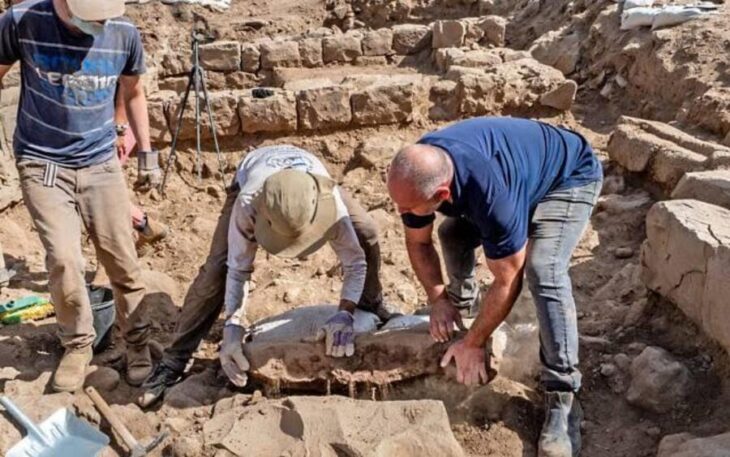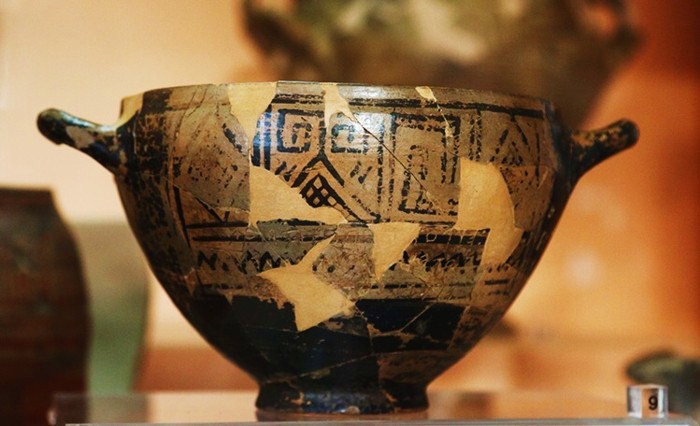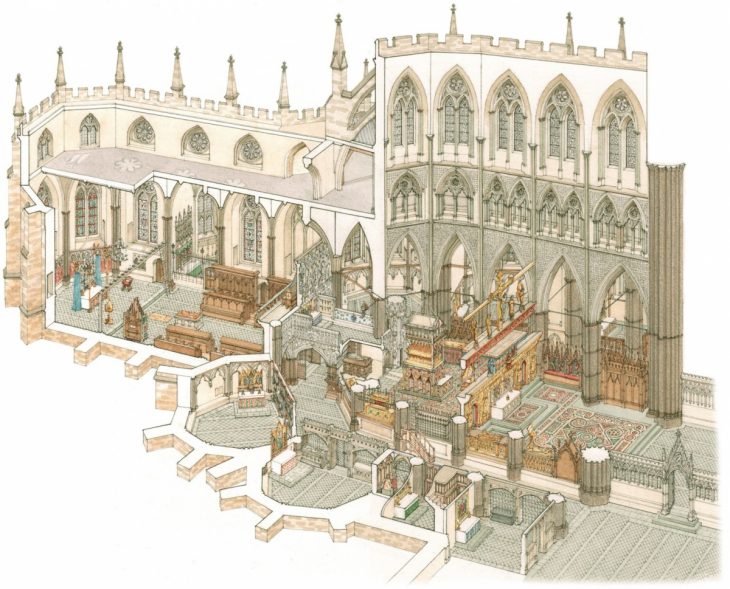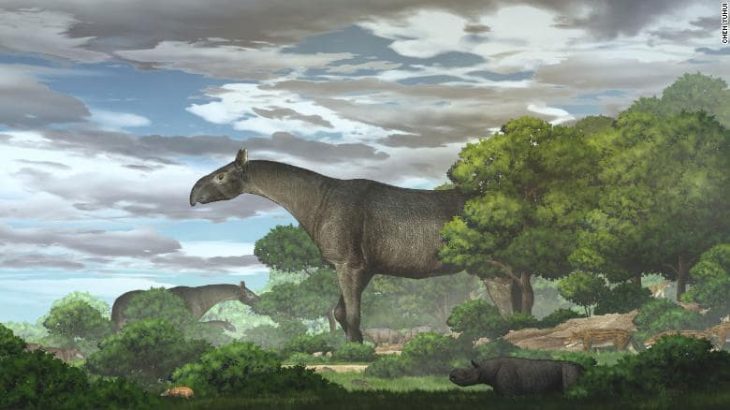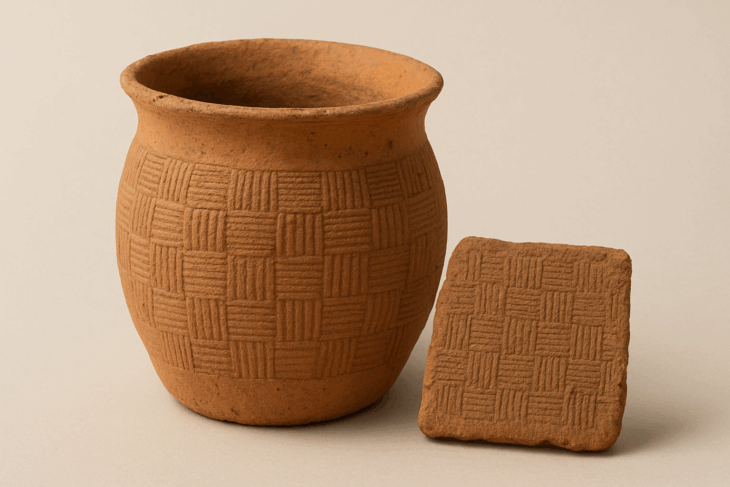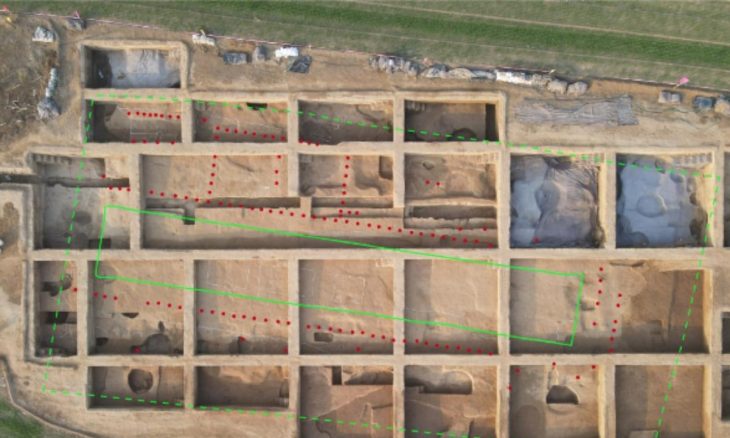Artificial intelligence, often envisioned for future applications, is now playing a pivotal role in unraveling the mysteries of the past. Researchers at the University of Oxford have achieved a groundbreaking feat by employing AI to decipher an ancient papyrus scroll that has perplexed scholars for over 250 years. This remarkable achievement marks a significant leap forward in archaeology, demonstrating the powerful synergy between modern technology and the study of ancient civilizations.
While AI has already revolutionized fields like medicine and astronomy, its integration into archaeology has been relatively nascent. However, this is rapidly changing, as AI proves to be an invaluable tool in historical discoveries. The recent breakthrough at the University of Oxford’s Bodleian Library, in collaboration with the Vesuvius Challenge, exemplifies this transformative potential.
The scroll in question originated from Herculaneum, a Roman town devastated by the eruption of Mount Vesuvius in 79 AD. Over the centuries, the papyrus scrolls found at the site had carbonized into fragile, unreadable fragments, presenting a formidable challenge to researchers. A crucial step forward occurred in July 2024 when the scroll housed at the Bodleian Library was non-destructively scanned using the Diamond Light Source, a synchrotron in Oxfordshire. This advanced scanning technique generated digital images of the scroll’s interior.
The key to this breakthrough lay in the distinct chemical composition of the ink used by the ancient scribe. Researchers discovered that the ink used in this particular scroll possessed a unique chemical composition, potentially containing lead, which made it more discernible in the X-ray scans compared to other Herculaneum scrolls.
The AI algorithms were specifically trained to identify these subtle signatures of the ink, effectively highlighting the areas where text was present. This targeted detection allowed researchers to differentiate between the blank papyrus and the faint traces of writing.
📣 Our WhatsApp channel is now LIVE! Stay up-to-date with the latest news and updates, just click here to follow us on WhatsApp and never miss a thing!!
The AI’s primary function was to detect this distinct ink and highlight the concealed text within the ancient papyrus. It is important to note that the AI did not directly transcribe or translate the text. This crucial task was undertaken by expert paleographers from the Vesuvius Challenge. The AI served as an indispensable aid, revealing the faint, hidden characters that allowed human scholars to meticulously piece together the ancient Greek writing.

The scans unveiled columns of text, still challenging to interpret but offering tantalizing glimpses into the scroll’s content. Notably, the ancient Greek word “διατροπή,” meaning “disgust,” appeared twice in the initial scans. While these are early findings, they have generated immense excitement among scholars eager to unlock the full contents of this and other Herculaneum scrolls.
Dr. Brent Seales, co-founder of the Vesuvius Challenge, expressed his enthusiasm, stating, “We are thrilled with the success of scanning this scroll at the Bodleian Library. This scroll contains more recoverable text than any other Herculaneum scroll scanned so far.” He also emphasized that significant work remains to refine their methods and fully decipher the contents.
The Vesuvius Challenge, a global initiative inviting public participation in decoding these ancient texts, underscores the collaborative spirit driving this historical endeavor. This achievement represents a monumental advancement in archaeological science, seamlessly blending cutting-edge technology with the secrets of the ancient world.
This successful collaboration between AI and archaeology heralds a new era in our understanding of ancient civilizations. While the complete decipherment of the Herculaneum scrolls is still underway, the potential for future discoveries using similar techniques is immense.
This partnership between technological innovation and historical inquiry provides a compelling model for future archaeological endeavors, promising to unveil further secrets buried within the relics of the past. The hope remains that we will soon be able to read the ancient texts that have remained hidden for millennia, with artificial intelligence serving as a key to unlocking these invaluable historical treasures.
Cover Image Credit: Exterior of scroll PHerc. 172. Credit: Vesuvius Challenge.

